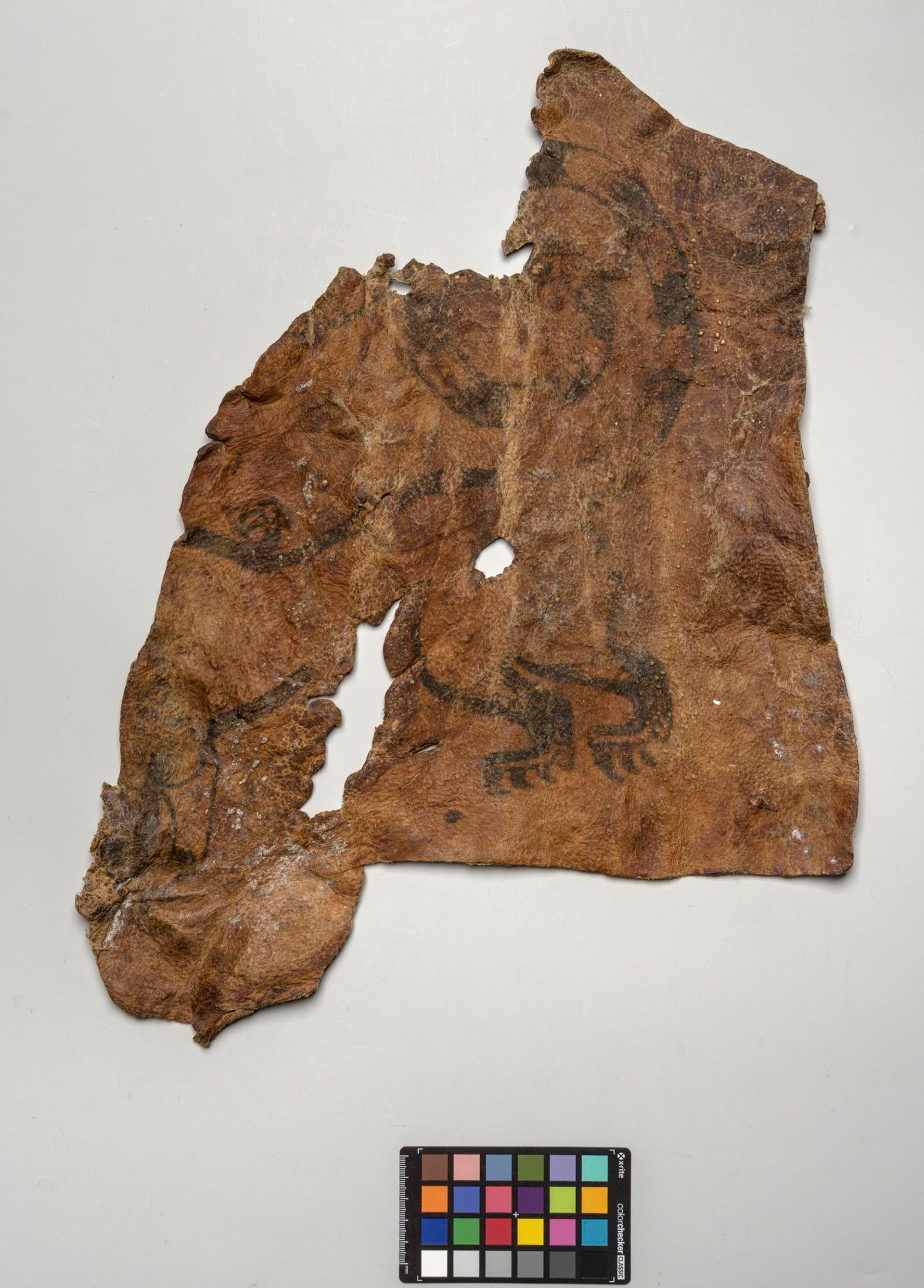Speaking at the launch of a forthcoming British Museum exhibition on the Scythians, the Russian ambassador in London, Alexander Yakovenko, said that some objects would be leaving the State Hermitage Museum in St Petersburg for the first time.

Loans from the Hermitage are mainly from excavated tombs. They include gold treasures, fragments of tattooed human skin (fourth-third century BC) found at Pazyryk (south of Novosibirsk) and a recently-discovered battle axe (seventh century BC) excavated at Arzhan (just north of the Mongolian border). Two lumps of cheese (fourth-third century BC) were preserved by permafrost at Pazyryk. The British Museum curator, St John Simpson, says that further research could determine whether the cheese is made from goats, sheep or yaks milk.
The Scythians were nomadic warriors who occupied a huge area of Siberia between 900 and 200 BC. The Hermitage will be lending 200 items, an arrangement facilitated by the loan of the Parthenon Marble Ilissos (about 438-432 BC) to St Petersburg three years ago. A further 20 loans are coming from both the National Museum of Kazakhstan and Oxford’s Ashmolean Museum, which will be shown alongside 10 items from the British Museum. No Scythian antiquities are coming from Ukraine, thereby avoiding political complications. This will be the 13th British Museum exhibition sponsored by BP in the past two decades.
• Scythians: Warriors of ancient Siberia, British Museum, London, 14 September-14 January 2018


